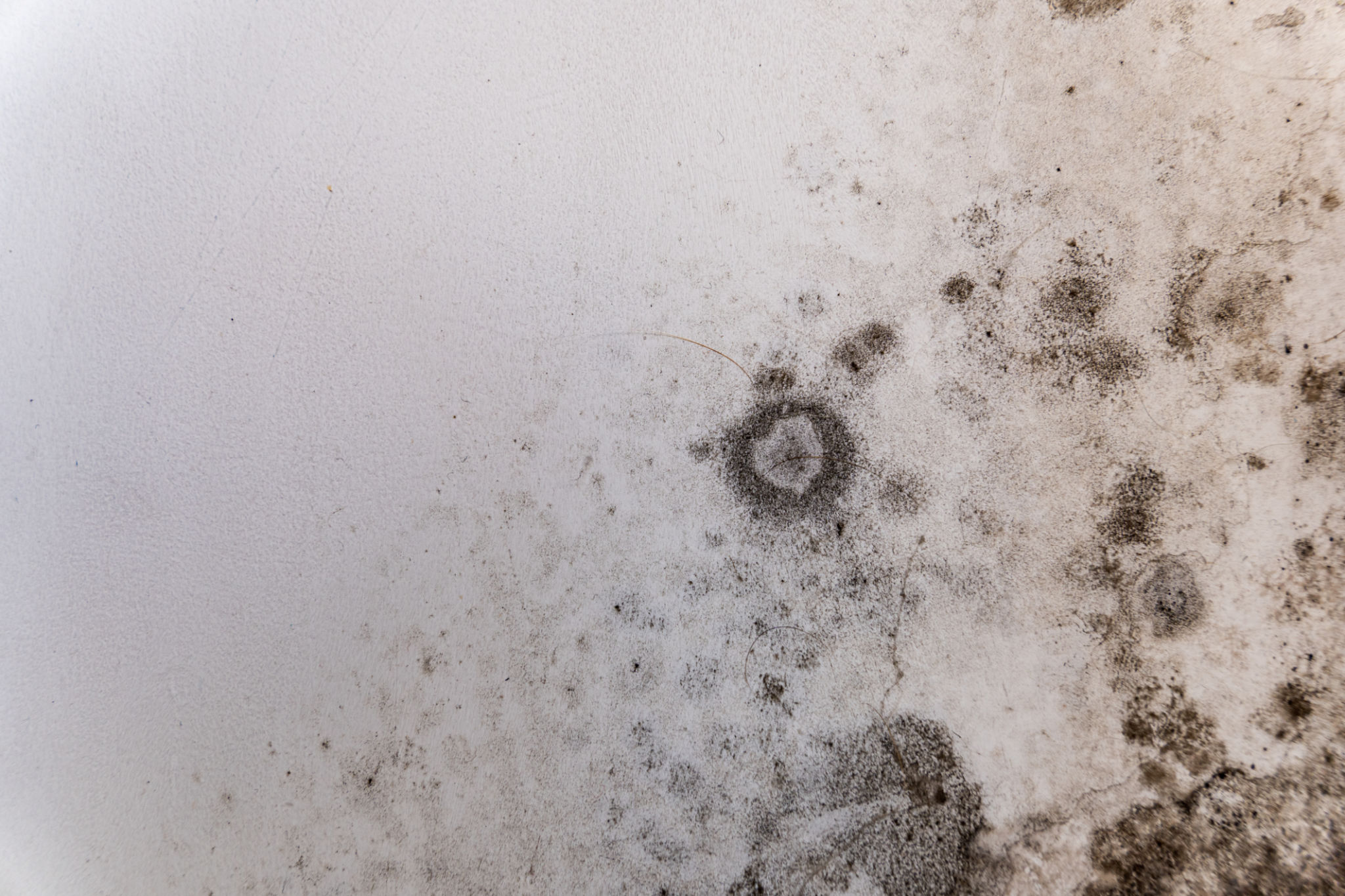How to Prevent Mould Growth with Paint: A Complete Guide
Understanding Mould Growth
Mould is not only unsightly but can also cause health issues and damage to your home. It thrives in damp, humid conditions and can spread rapidly if not addressed. Understanding the factors that contribute to mould growth is the first step in preventing it effectively. High humidity levels, poor ventilation, and water leaks are common culprits that create the perfect environment for mould.

The Role of Paint in Mould Prevention
Many people are unaware that the right type of paint can help in preventing mould growth. Mould-resistant paints are specially formulated with antimicrobial properties that inhibit the growth of mould and mildew on painted surfaces. These paints are ideal for areas prone to moisture, such as bathrooms, kitchens, and basements.
Choosing a high-quality mould-resistant paint can provide an extra layer of protection. These paints often contain additives like mildewcides, which actively work to prevent mould spores from taking hold. This can be a cost-effective solution for maintaining a healthy home environment.
Preparing Your Walls for Painting
Before applying any mould-resistant paint, it's crucial to prepare your walls properly. Start by cleaning the surface thoroughly to remove any existing mould or dirt. You can use a mixture of water and mild detergent or a specialised mould cleaner to ensure the surface is clean.

After cleaning, allow the walls to dry completely. Moisture trapped under the paint can lead to future mould problems, so this step is vital. Once dry, inspect for any cracks or holes, and fill them with a suitable filler to create a smooth, even surface for painting.
Choosing the Right Paint
When selecting paint, consider both the finish and the specific formulation for mould prevention. Satin or semi-gloss finishes are often recommended for areas susceptible to moisture, as they are more resistant to water and easier to clean compared to matte finishes.
- Research different brands and read reviews to find a reliable mould-resistant paint.
- Check the label for mildewcide additives and ensure it suits your specific needs.
- Consider the color; lighter shades can make spaces feel larger and more open.
Application Tips for Best Results
For optimal protection against mould, proper application of the paint is essential. Begin by applying a primer if necessary, especially if you're painting over a dark color or a surface prone to stains. Using a primer can enhance the adhesion and longevity of the topcoat.

When applying the paint, use a high-quality brush or roller to ensure even coverage. Follow the manufacturer's instructions regarding drying times between coats. Typically, two coats of mould-resistant paint are recommended for maximum effectiveness.
Maintaining a Mould-Free Environment
Even with mould-resistant paint, maintaining a dry and well-ventilated environment is critical to preventing mould growth. Regularly check for leaks in plumbing fixtures and ensure that areas like bathrooms are adequately ventilated after use.
Consider using dehumidifiers in particularly humid areas of your home. Dehumidifiers can help control indoor humidity levels, making it harder for mould to thrive. Additionally, regularly clean painted surfaces to remove dust and dirt that could harbor moisture.
Conclusion
Preventing mould growth with paint is a proactive approach that combines selecting the right products with proper application techniques. By understanding how mould forms and taking preventive measures, you can protect your home and health from the negative effects of mould.
Remember that while paint plays an essential role in this process, regular maintenance and vigilance are equally important in keeping mould at bay. With these strategies in place, you can enjoy a cleaner, healthier living environment.
